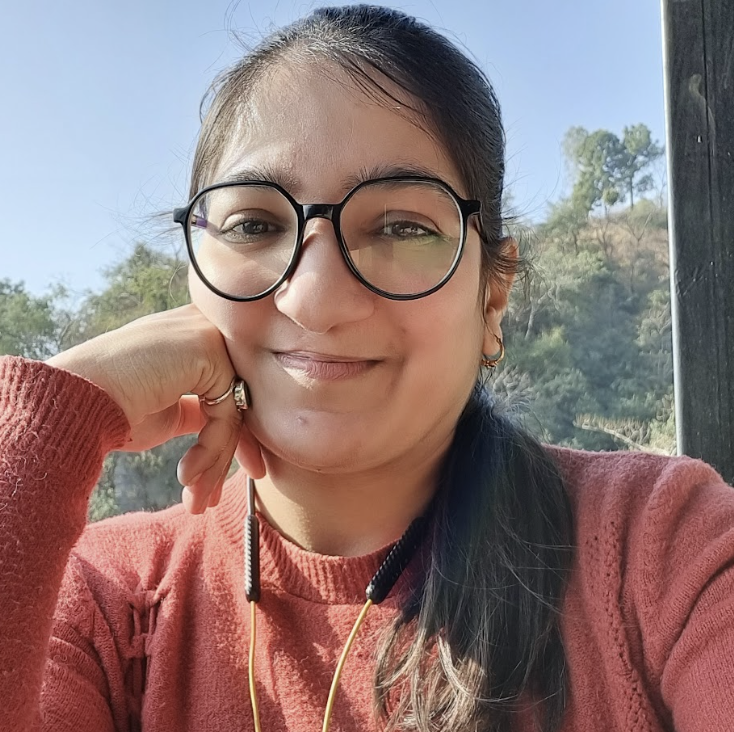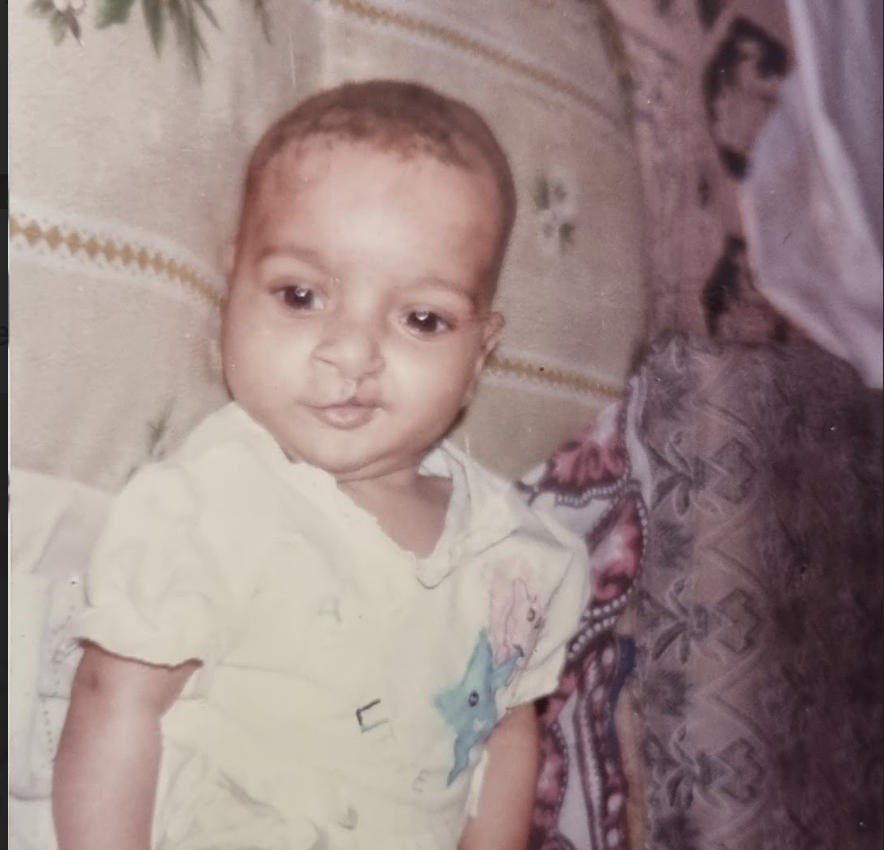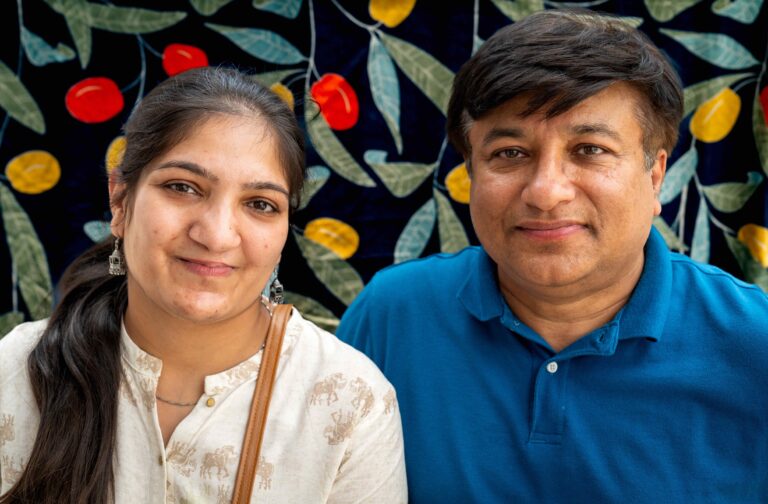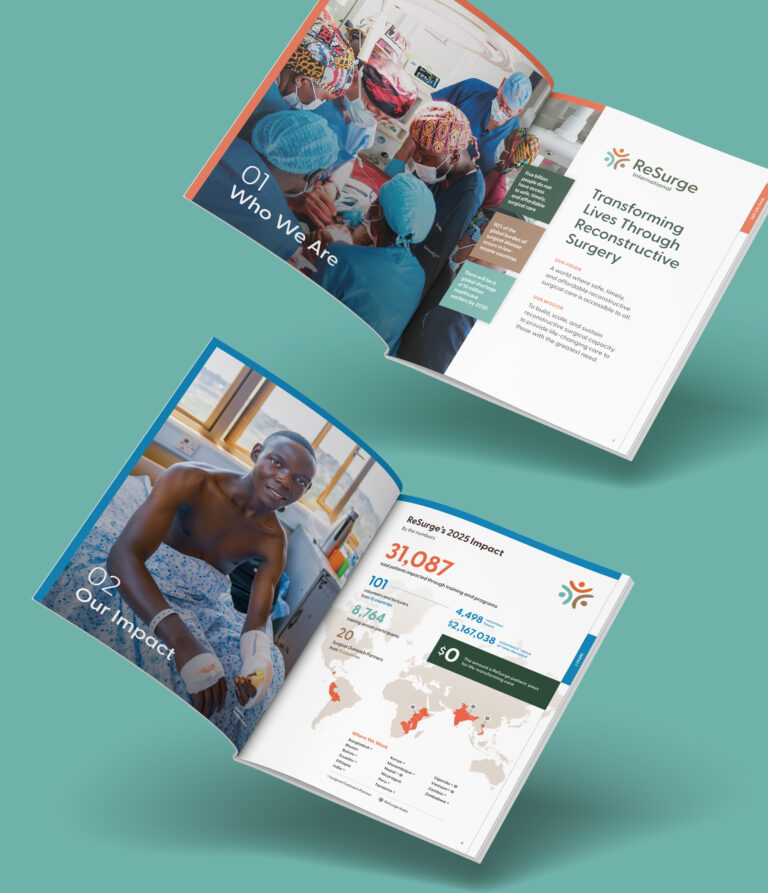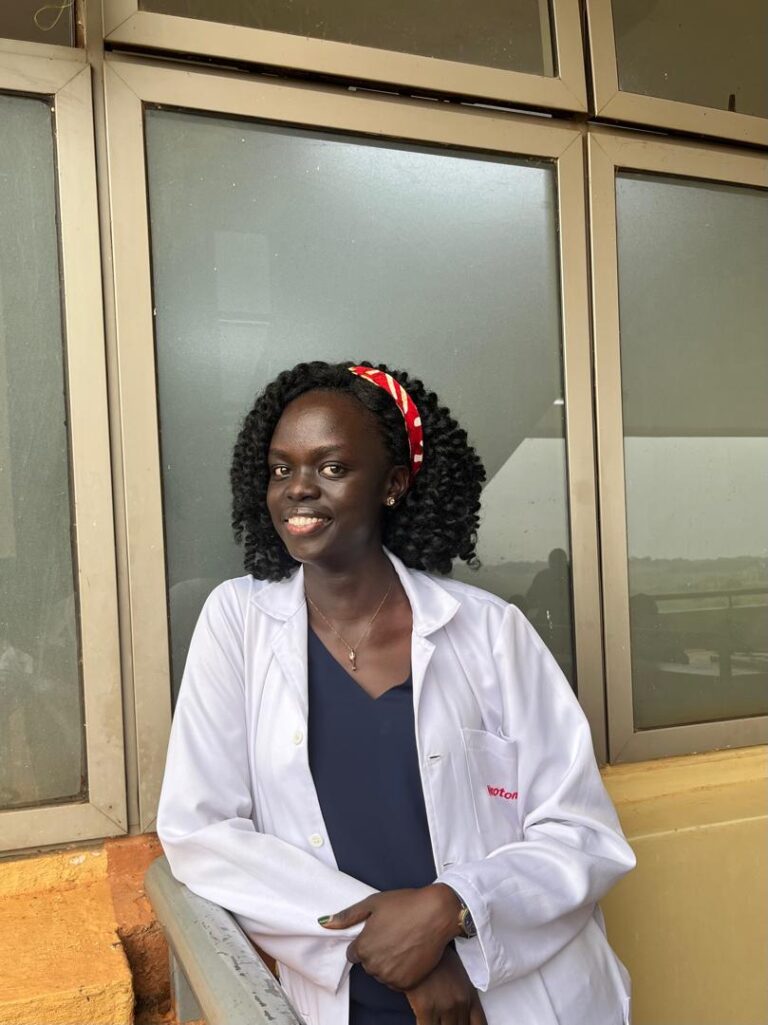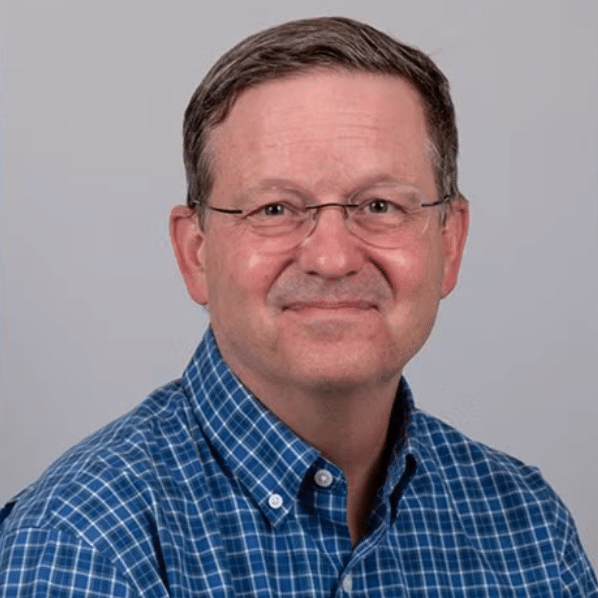ReSurge International is closing the gap to reconstructive surgical care by providing access to holistic cleft care, including surgical treatment, speech therapy, dental care, and community building for patients born with a cleft lip or palate. One ReSurge patient who exemplifies the importance of access to cleft care and information is Yashika Goel from Dehradun, Uttarakhand, India.
Throughout her life, Yashika navigated social barriers, misconceptions, and stigma around her cleft lip and palate. Her experiences inspired her to raise awareness about this congenital condition and empower others to thrive post-surgery. Recently, she shared her journey with us — while unpacking common myths and misconceptions she and other cleft lip and palate patients continue to experience.
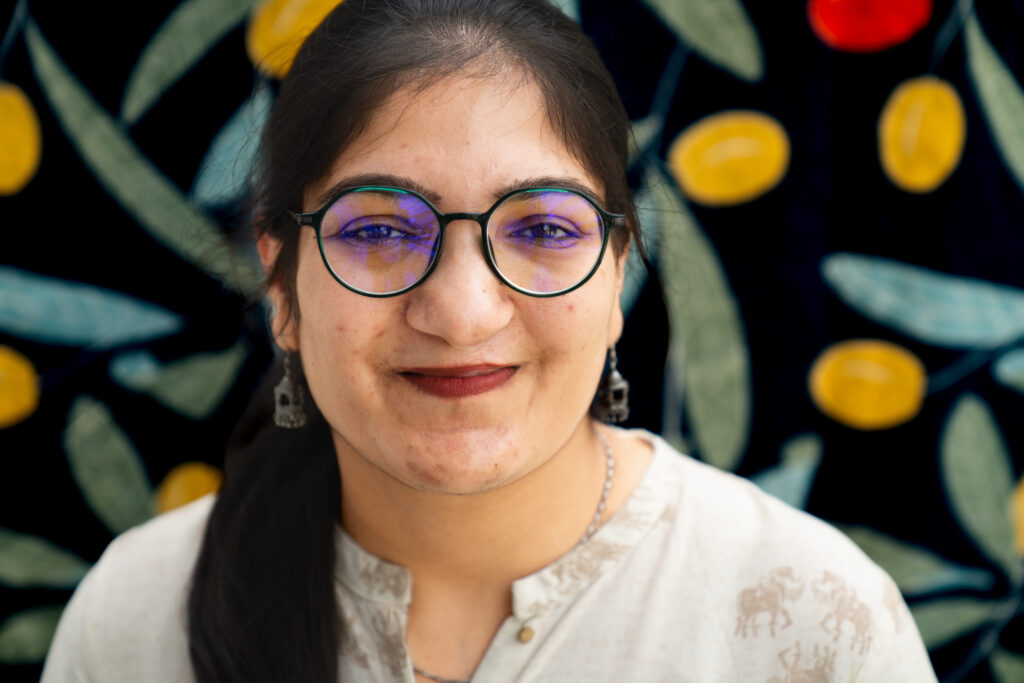
Born With a Cleft Lip and Palate
Yashika was born with a cleft lip and palate. As an infant, her birth sparked whispers of doubt amongst relatives, even talk of abandonment. Early on her mother had trouble feeding her and feared the risk of malnutrition. Her parents also faced push-back and navigated misconceptions from people around them who were concerned that Yashika would not be able to speak or lead a conventional life.
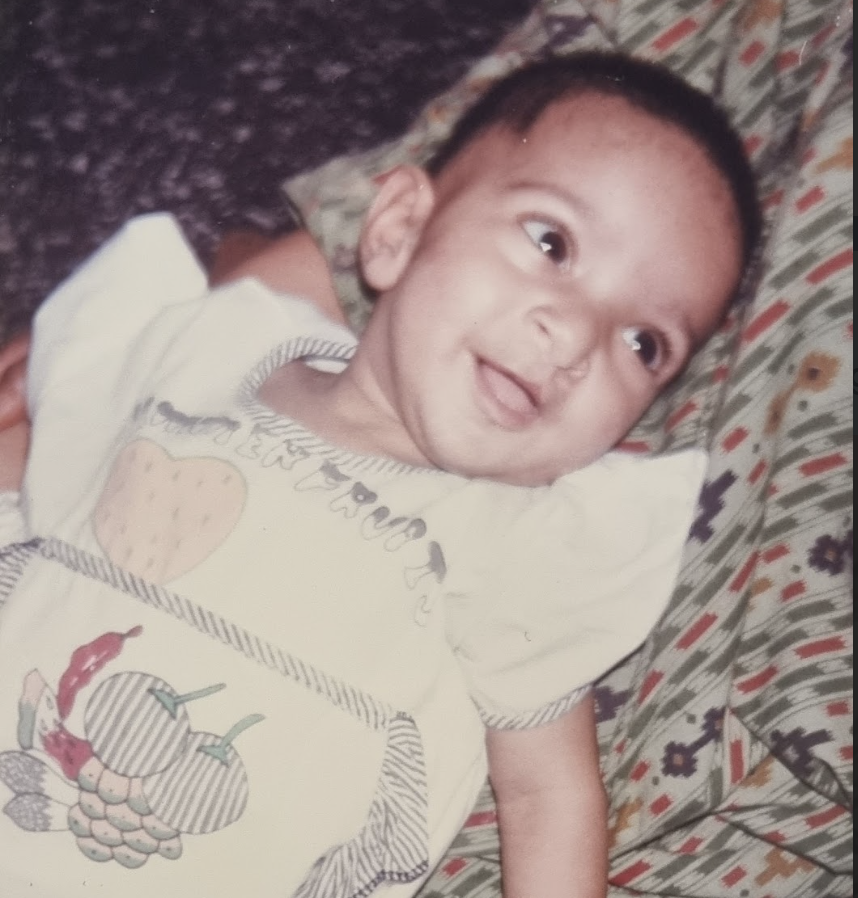
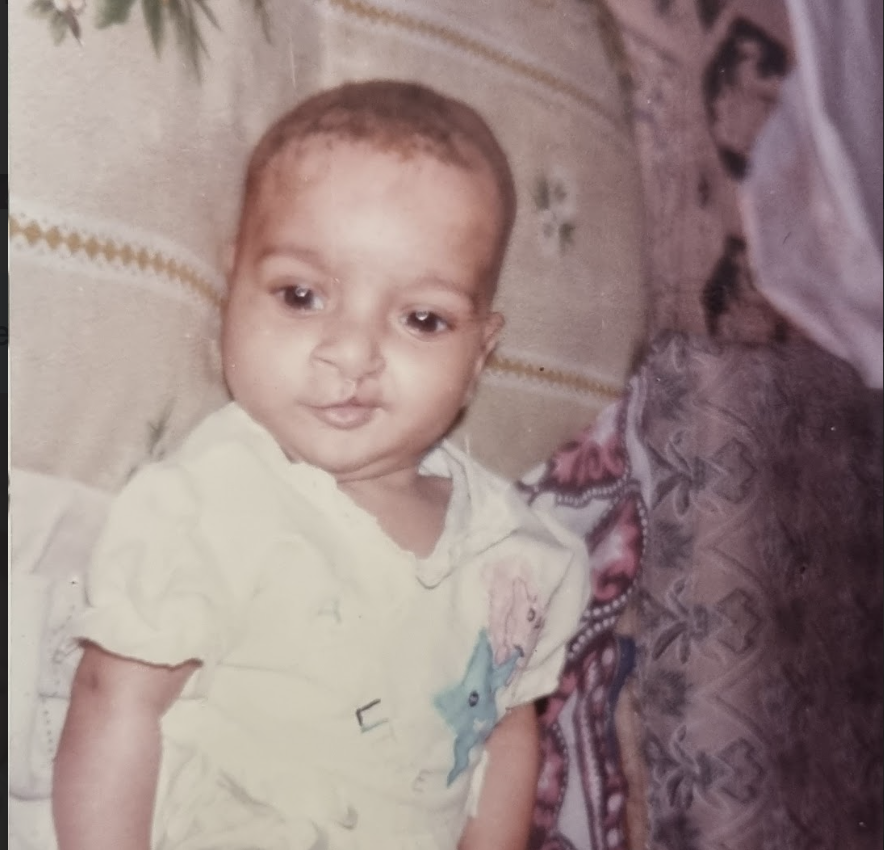
Fortunately, her parents discovered ReSurge Surgical Outreach Partner Dr. Yogi Aeron, who eased some of their doubts and fears. He performed multiple surgeries on Yashika, enabling her to speak. However, surgery is only one part of the recovery process. Every child with a cleft who gets surgery needs to work on their speech or go through speech therapy. With great determination, Yashika practiced her speech with her parents, over and over again — overcoming a speech impediment.
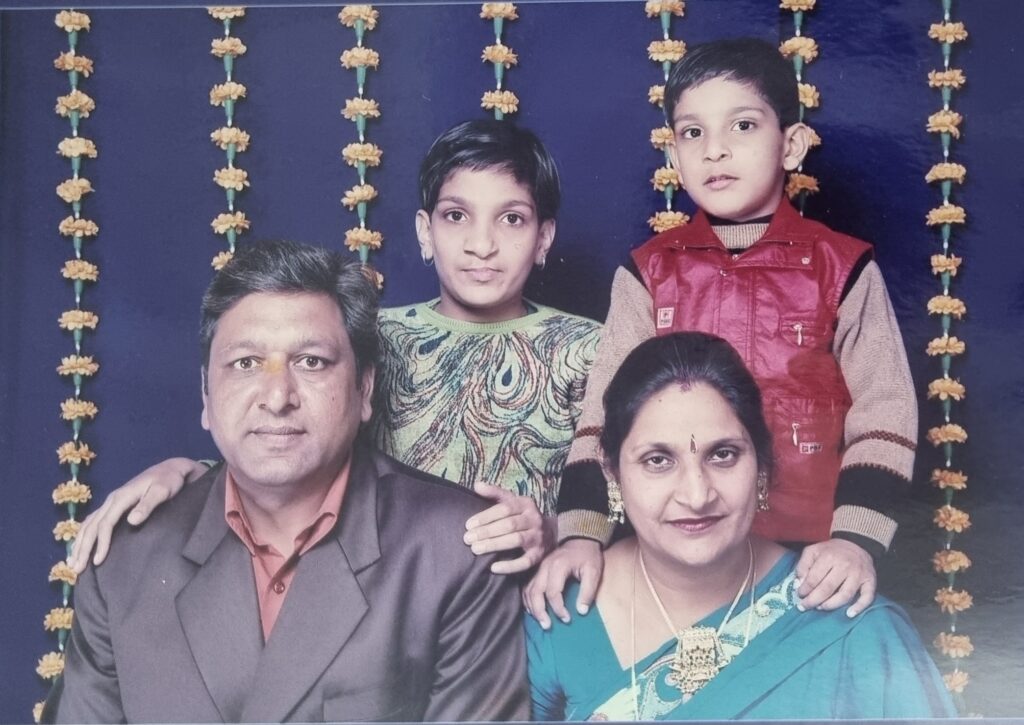
Cleft Courage Over Cruelty
Despite her tremendous progress, when Yashika went to school, bullies continued to target her. People called her different names, made faces, and did not befriend her in school. Yashika continued to confront misconceptions from other children who had a hard time understanding her cleft lip and palate condition.
One day, when traveling to another part of the country, Yashika and her family were in a train accident. Luckily, they did not suffer any casualties. However, Yashika decided to use that accident as a story to justify her physical appearance rather than discussing her condition openly with others.
“Accidents, people can understand. But when I tried to be honest about my cleft lip and palate, awareness was so limited, that people did not believe it was a condition that could happen.”
She focused on her education, developed different talents, and was later admitted into a prestigious university.
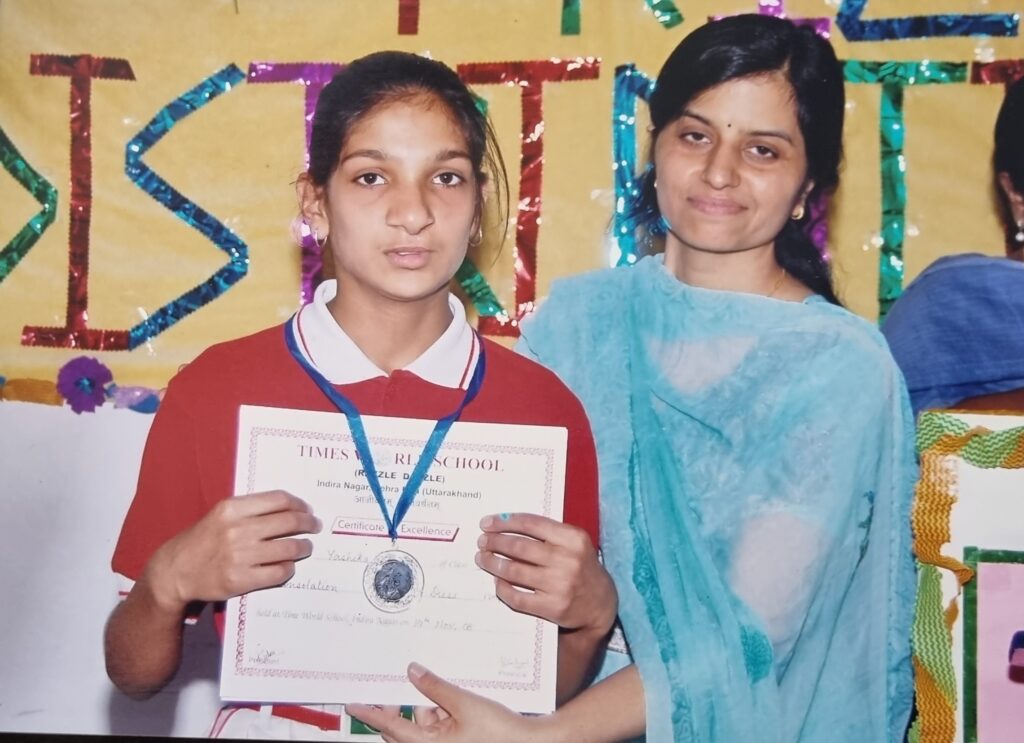

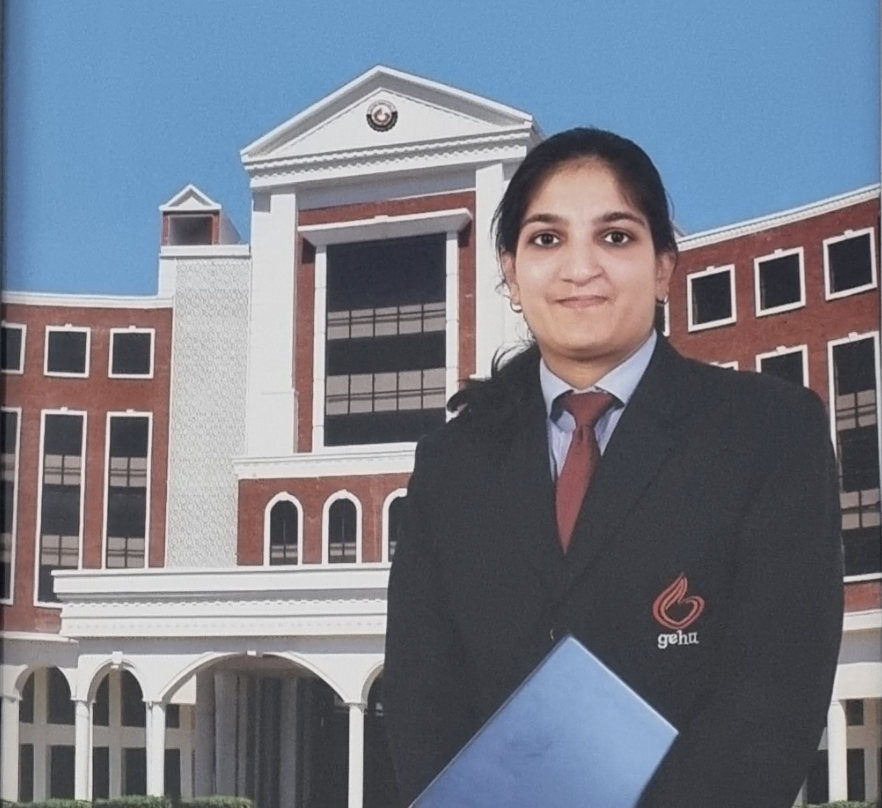
Despite her academic and professional achievements, she internally dealt with insecurities. For example, during the interview process, she experienced anxiety and worried that people would fixate on her appearance rather than going for her talent. Regardless, she was determined to build independence while away from her family for the first time — so she pushed herself to approach others.
“I’d approach people when they’re struggling or need help. People liked me. I felt a change. Not everyone judges you based on your looks.”
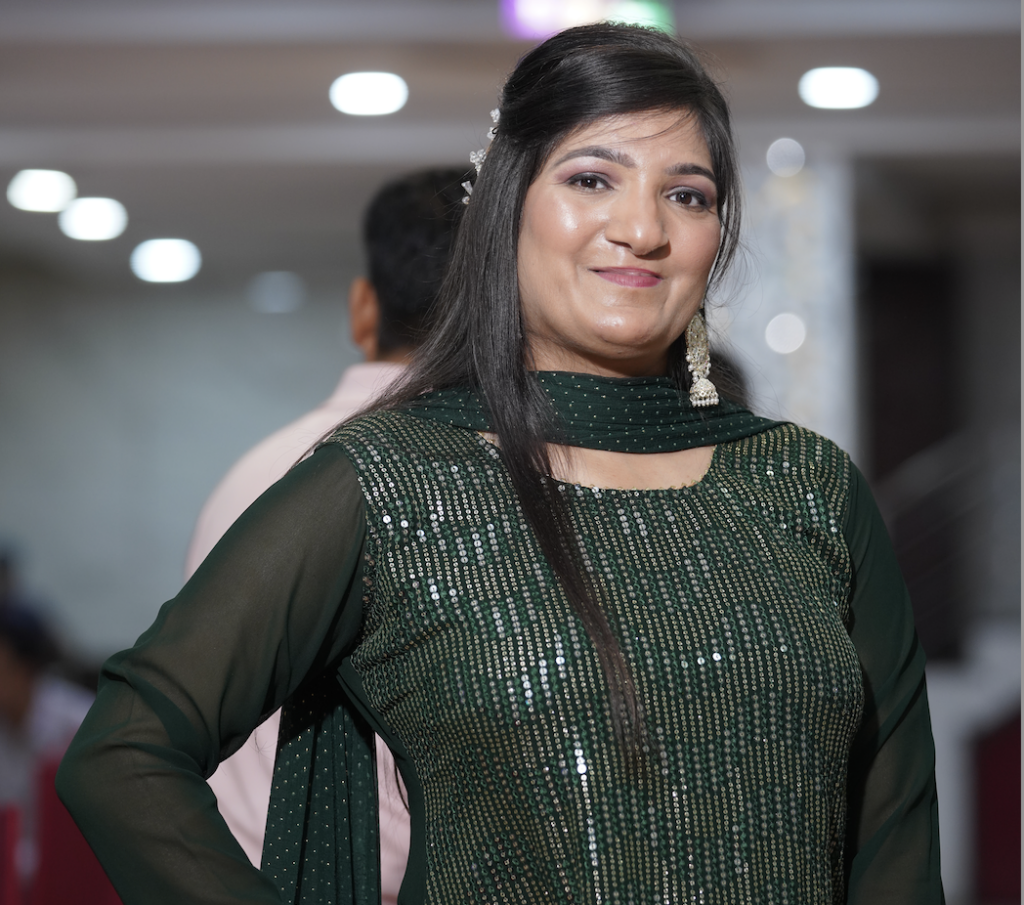

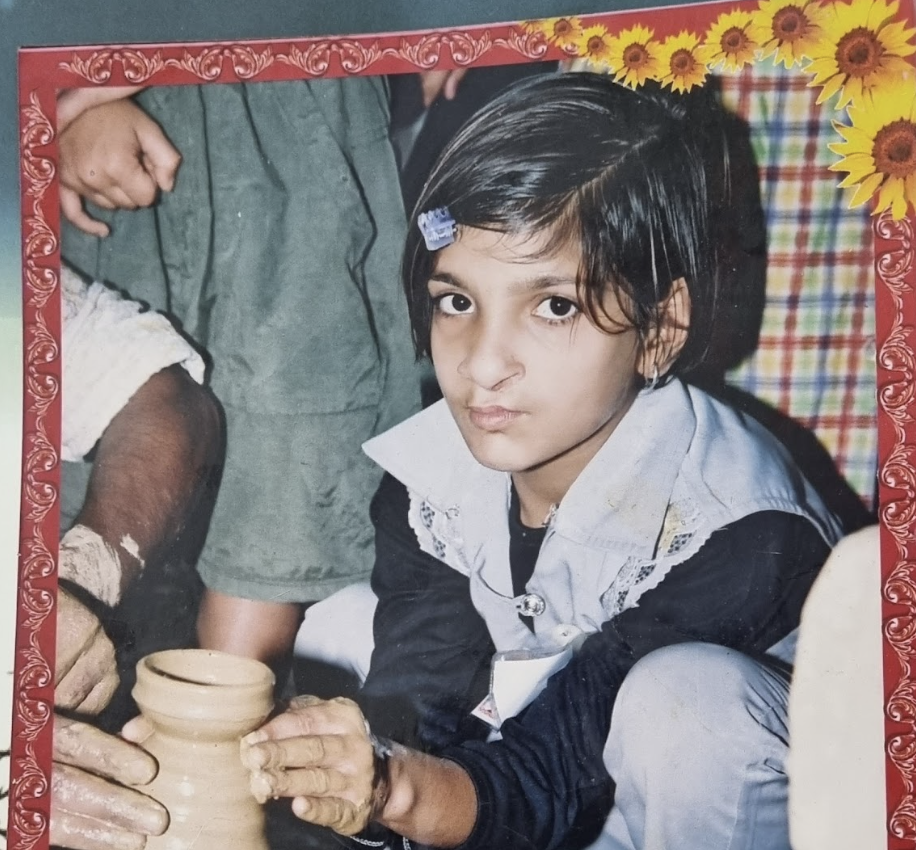
Scars and Stories: Owning My Truth
Yashika started to talk more openly about her cleft lip and palate and was met with compassion and understanding. During the pandemic, she discovered that ReSurge Surgical Partners, Dr. Yogi Aeron, and his son Dr. Kush Aeron got support to help underprivileged communities who need reconstructive surgery. This gave her the confidence to share her story on social media.
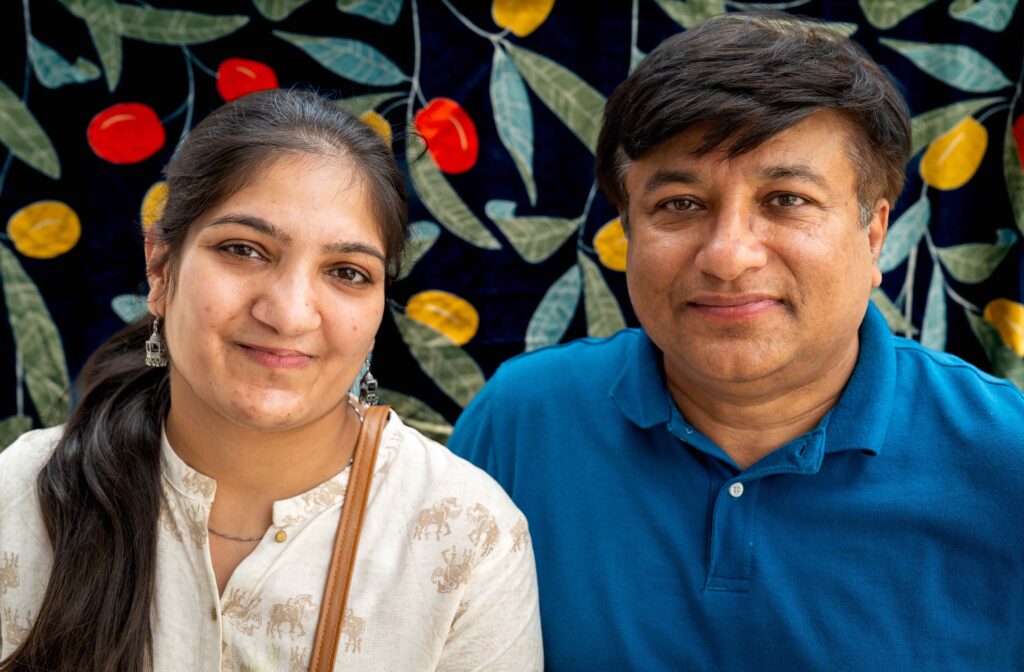
In response, she received positive comments, motivating her to lead discussions about living with a cleft lip and palate. She even had friends reach out, seeking support for other cleft lip and palate patients. However, it raised an alternative question:
“Some people asked why did you lie to us? You didn’t tell us about the real story. I got motivated and realized maybe some people are aware of this. Now, we can have a real discussion.”
One time, while visiting a hospital, Yashika was asked by a doctor to counsel a woman considering abortion due to a cleft lip fetus. Memories of her journey flooded back, as did the struggles, the triumphs, and the gratitude for those who stood by her.
“Living with a lie is very difficult. This is a condition that babies are born with. It’s not a mistake. Previously, I used to think it was my mistake that I was born with this. But it’s not my mistake. I didn’t do anything. It is also treatable. So, why can’t we speak honestly about it?”
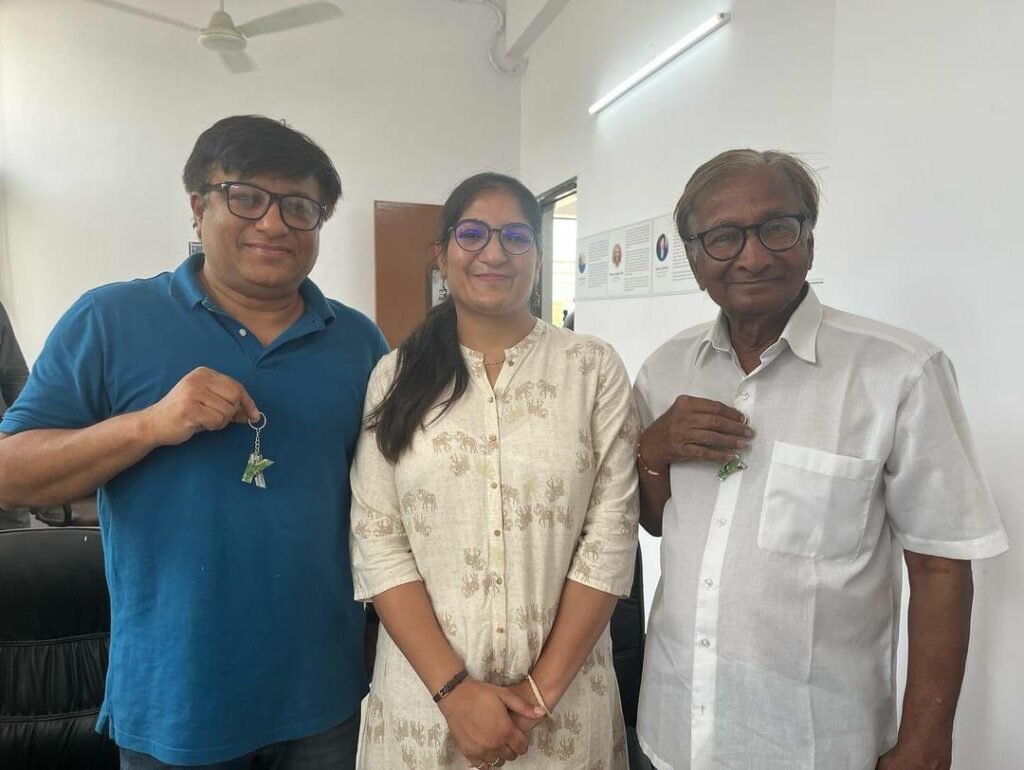
In owning her truth and sharing her story, she started to get calls from other patients or their loved ones asking for counsel and support. So, she started to foster more awareness to help combat the myths, misconceptions, and bullying that cleft lip and palate patients face.
Today, Yashika Goel works as a Software Engineer at Cognizant Technology Solutions. Having built a successful career, she is on a mission to foster awareness around cleft lip and palate and prevent children from facing the same challenges she did.
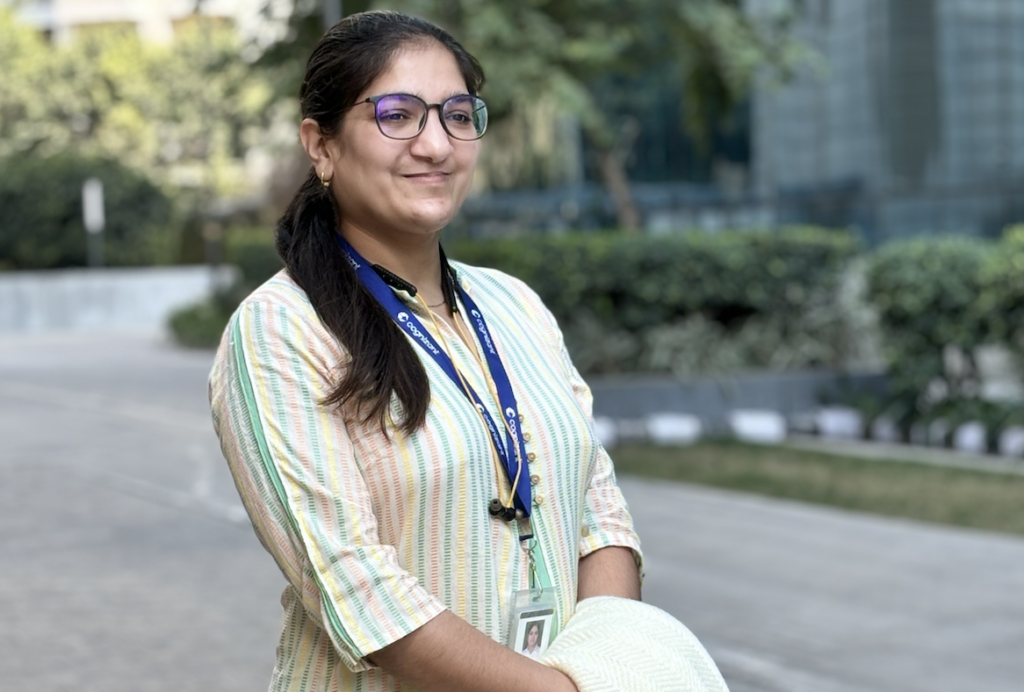
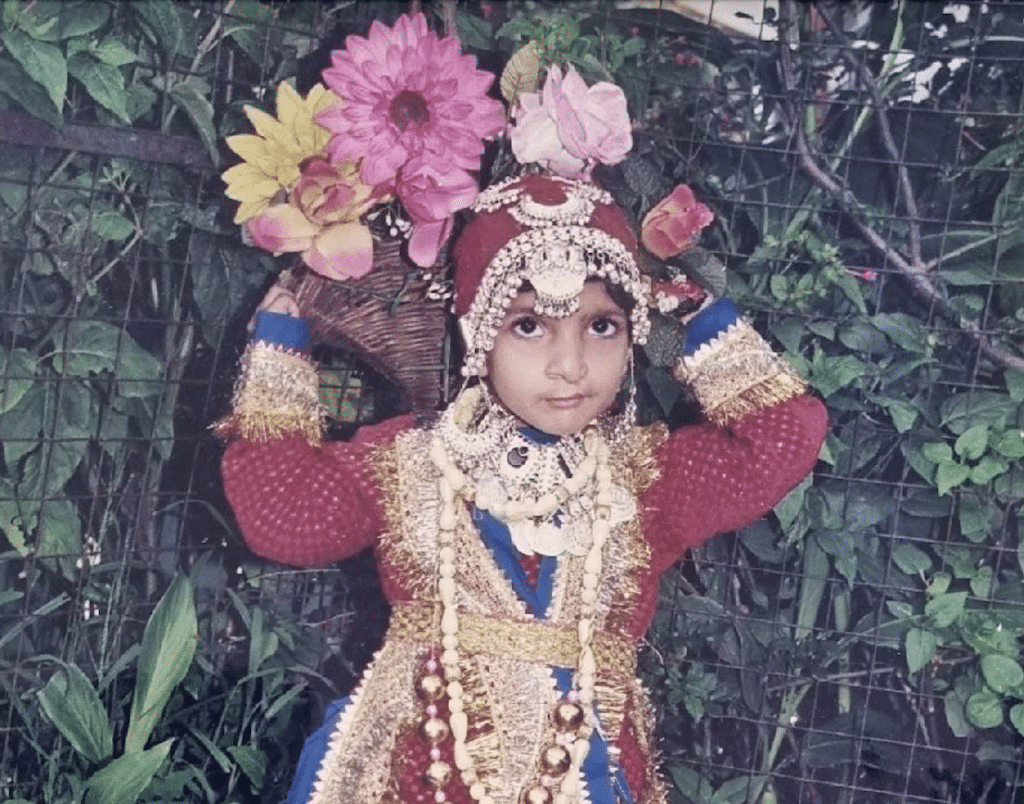
In your own words, what are some of the challenges facing people with cleft lip and palate?
A cleft lip or palate can occur individually or together, altering a child’s appearance. It can affect their speech and ability to eat, thus increasing the risk of malnutrition. Socially, people with this congential condition experience negative stigma, social exclusion, and misinformation that permeates cultures, communities, and institutional care, further exacerbating social and health disparities.
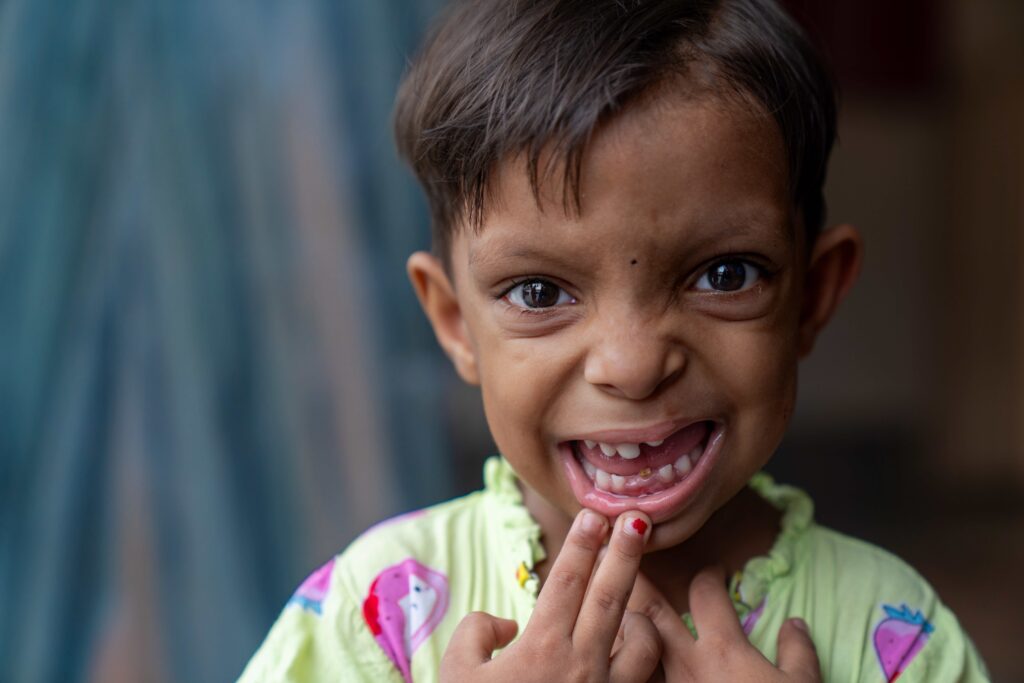
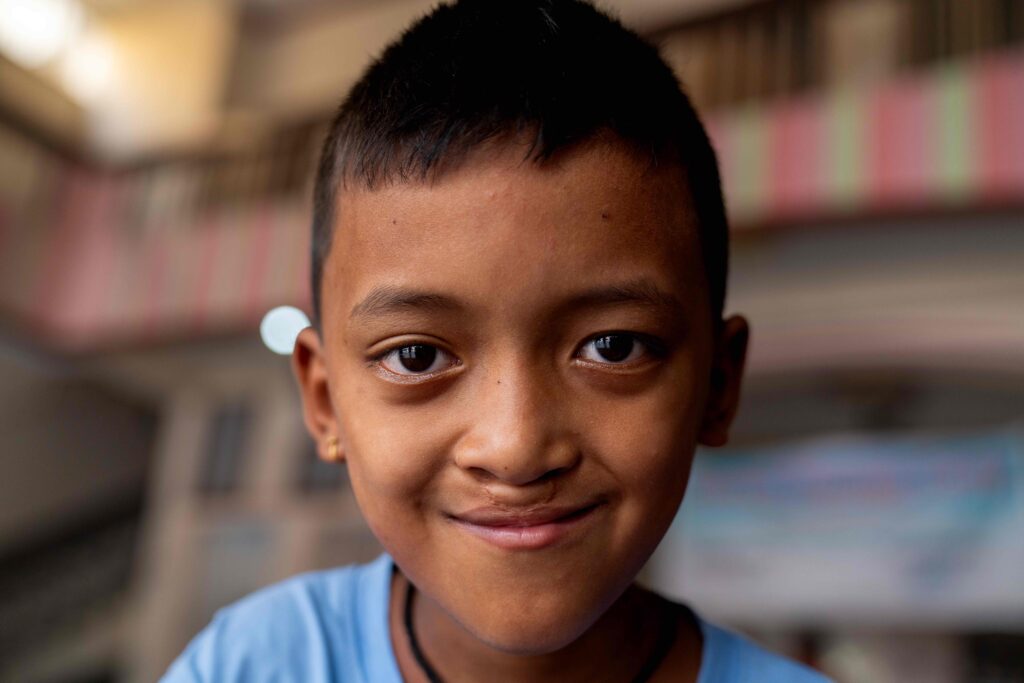
Why is this topic important to you?
Growing up with a cleft lip and palate, I’ve continuously experienced myths and misconceptions. Many people, including well-meaning medical professionals and family members, often have a limited understanding of what a cleft lip and palate entails, leading to unnecessary fear and misinformation. These misconceptions can result in significant emotional and psychological harm, as well as misguided decisions regarding treatment and care. I have encountered common misconceptions. For example, the belief that cleft conditions are untreatable or that individuals with clefts cannot lead normal lives. These false beliefs can lead to stigmatization and isolation for those affected.
How has growing up with cleft lip and palate shaped your life experiences?
For me, these conditions have had a profound impact on my life. Born in 1997 with a severe cleft affecting the left side of my nose, I faced numerous challenges right from the start. My journey navigating this condition has made me acutely aware of the misconceptions and stigma that surround it. I encountered various obstacles, from feeding difficulties as an infant to bullying in school. Despite these hardships, I was fortunate to have supportive parents and access to excellent medical care, which helped me overcome many of these challenges.
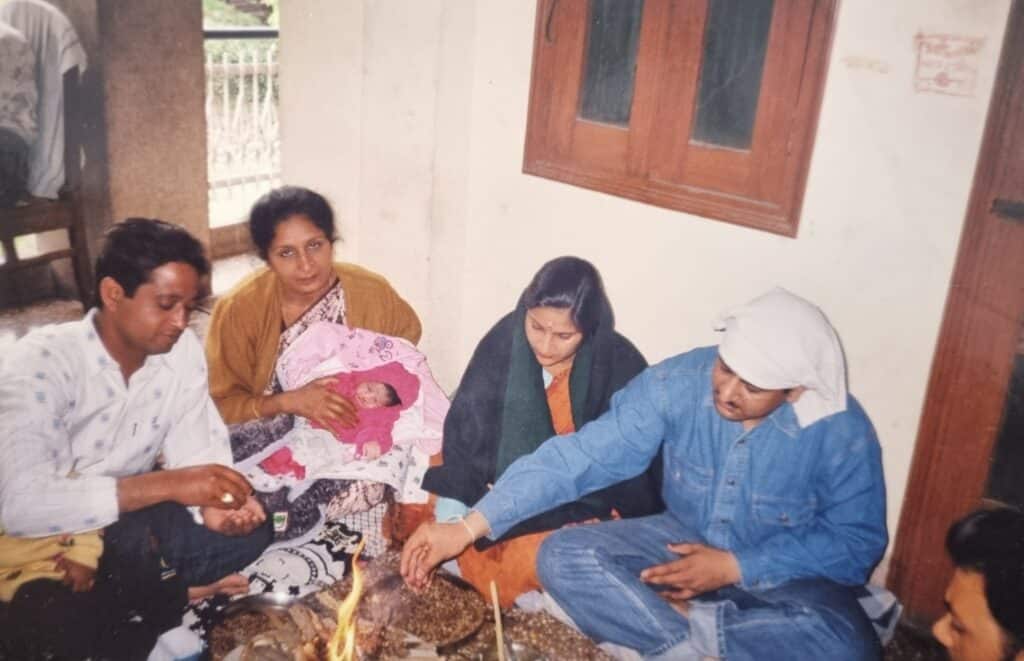
What are a few myths and misconceptions about cleft lip and palate?
Myth 1: Children with Cleft Lip and Palate Will Always Have Speech Problems
Many children with cleft lip and palate experience speech difficulties but speech can be supported with surgery and speech therapy. Early intervention helps children develop clear and understandable speech. With timely and comprehensive care, speech issues can be addressed successfully, allowing children to communicate clearly and confidently as they grow.
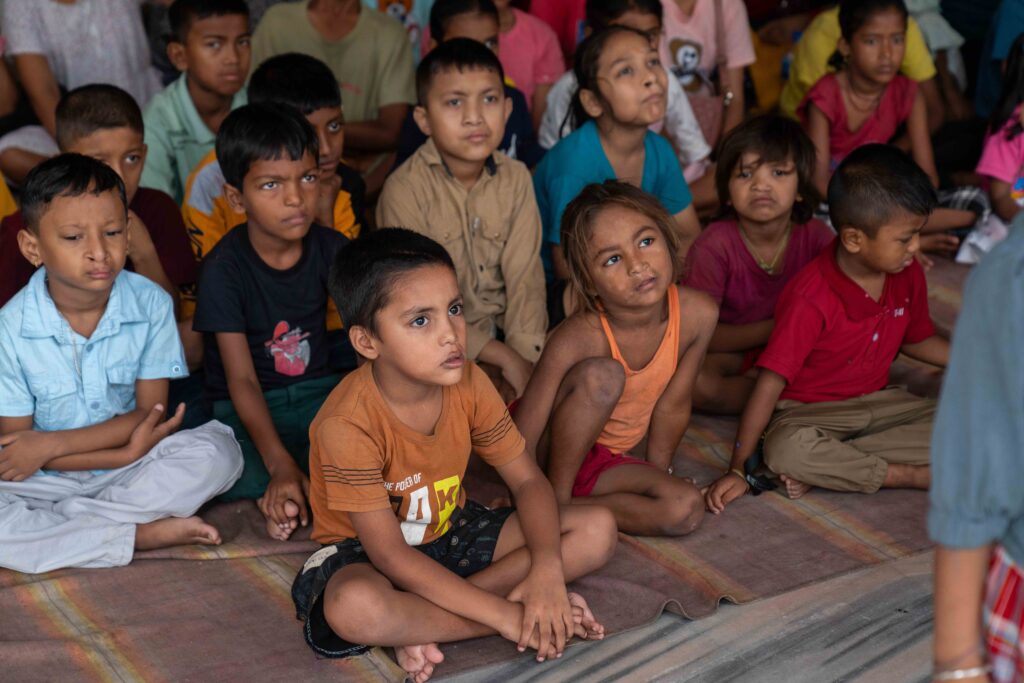
Myth 2: Children with A Cleft Lip and Palate Are Born Only to Low-Income Families
Cleft lip and palate occur across all socioeconomic groups and ethnicities. While the prevalence may vary slightly among different populations, no one is immune to these congenital conditions. The occurrence of a cleft lip and palate is not confined to any particular socioeconomic status.
However, access to healthcare and resources can influence the speed and effectiveness of treatment. Families with better access to medical care have an increased chance of addressing the condition more promptly and effectively. It’s important to dispel this myth to ensure that all affected families receive the understanding and support they need without the stigma or misconception that this condition is tied to their economic status.
Myth 3: Clefts Are Purely Cosmetic Concerns
Cleft lip and palate are a complex congenital condition. It impacts a child’s health and development. Beyond the visible cleft, these conditions affect feeding, speech, dental health, and facial structure. Early intervention through surgery, speech therapy, and dental care is crucial to address these functional challenges and support overall well-being. Recognizing the multifaceted nature of cleft conditions helps ensure that affected children receive comprehensive care to thrive in all aspects of their lives.
Myth 4: Cleft Lip and Palates Are Rare Conditions
Cleft lip and palate are among the most common congenital conditions worldwide. According to the World Health Organization, approximately 1 in 700 births are affected by cleft conditions globally. ReSurge is one of the few organizations providing the full scope of reconstructive surgery, which includes tackling the global cleft problem by providing free surgeries, comprehensive follow-up care, and speech therapy.
Myth 5: Clefts Are Caused by Evil Spirits or Bring Bad Luck to Families
In some cultures, people believe cleft lip and palate are caused by evil spirits or to bring bad luck to families. These dangerous myths arise from cultural superstitions and a lack of understanding about the medical causes of these conditions. This misinformation has tragically led to mistreatment, social ostracism, and even intentional harm or killings of affected children and their mothers.
It is crucial to combat these myths with accurate medical information and empathy. Cleft conditions are medical issues. They can be treated with surgery and therapy. Holding onto such myths perpetuates unnecessary stigma and emotional burdens for both the child and their family. By fostering awareness, understanding, and compassion, we can dispel these harmful beliefs and promote a more supportive and inclusive community for individuals with cleft conditions.
Through my experiences and the support I’ve received, I aim to dispel the harmful stereotypes and misconceptions – while raising awareness about cleft lip and palate. It is crucial to foster a more informed and supportive environment for those with cleft conditions. By sharing my story and knowledge, I want to deconstruct the myths and misconceptions regarding cleft lip and palate to prevent children from facing the same challenges I did.
Fostering awareness around cleft lip and palate is crucial to combating stigma and misinformation. With access to surgical care, children with cleft lip and palate can lead healthy, fulfilling lives. Surgical procedures to repair the cleft and speech therapy to improve communication can greatly benefit children and adults. It’s important to spread awareness and support efforts to provide surgical care to those affected by cleft lip and palate.
